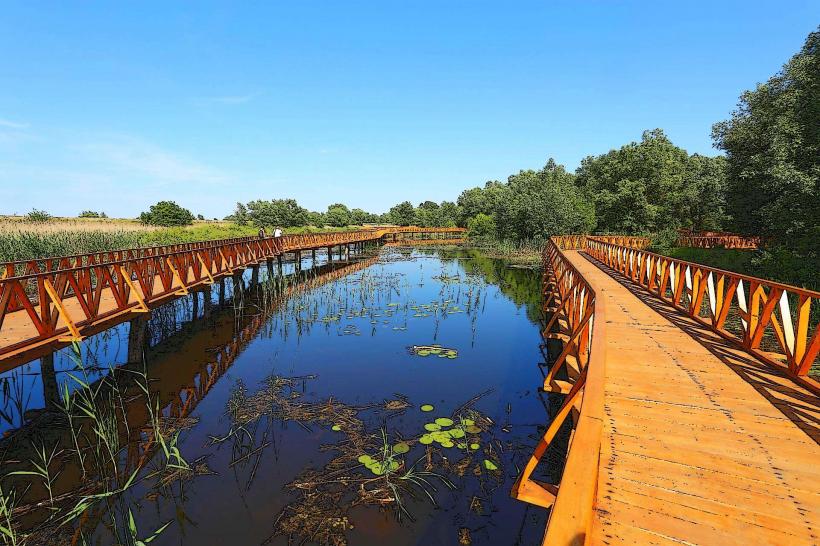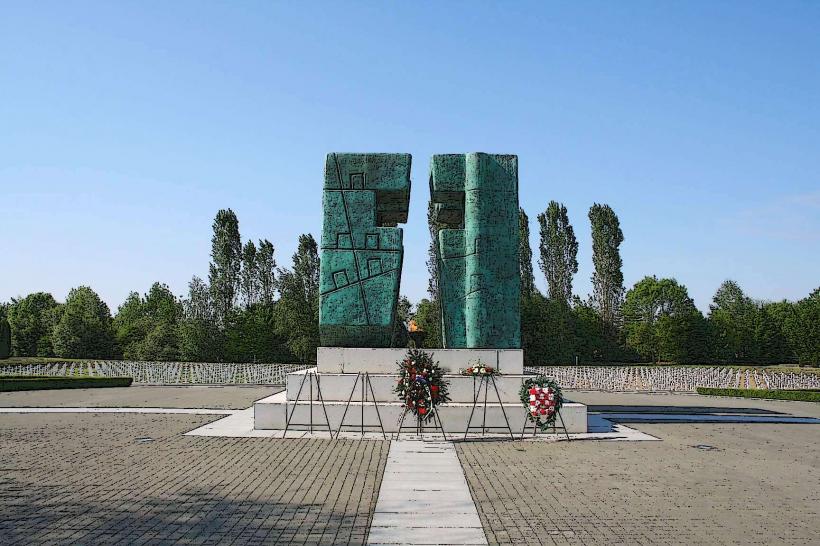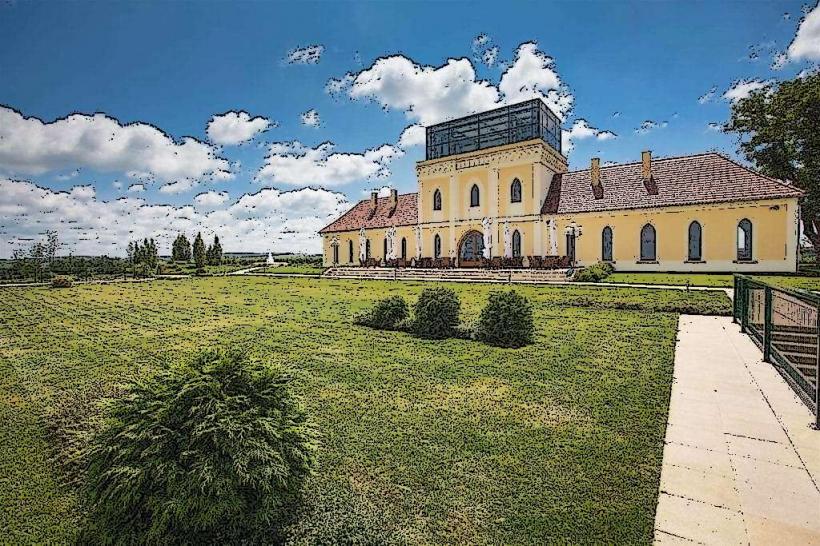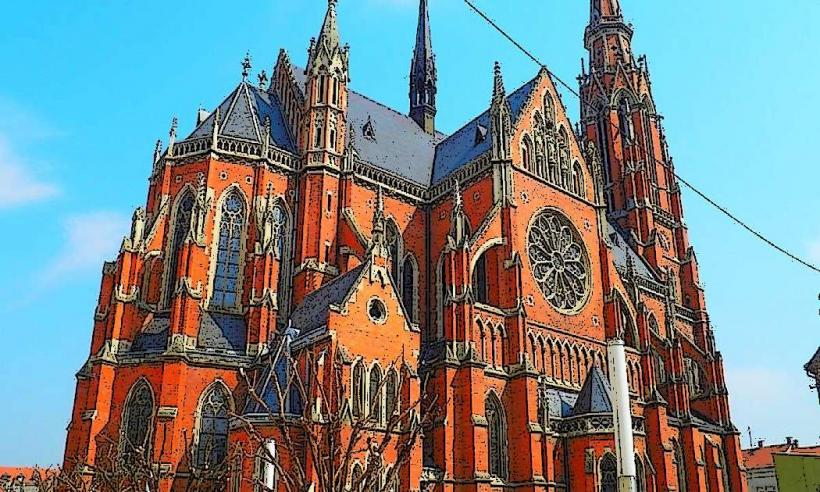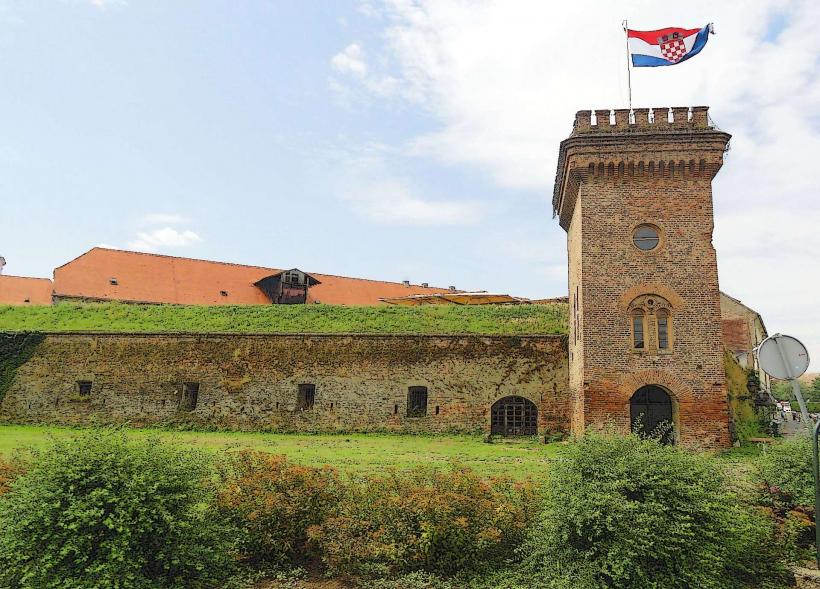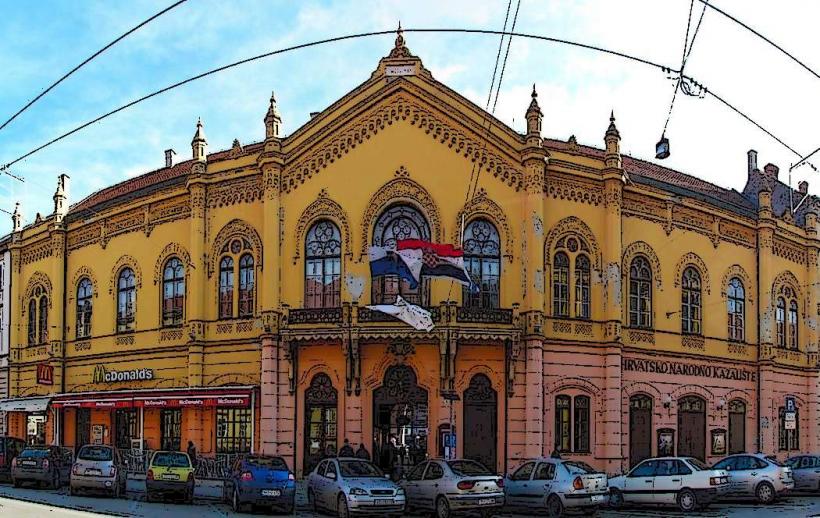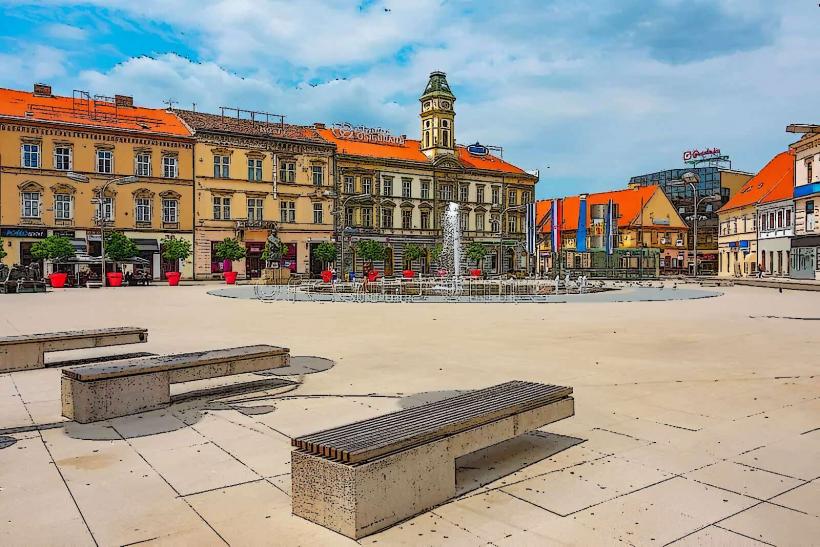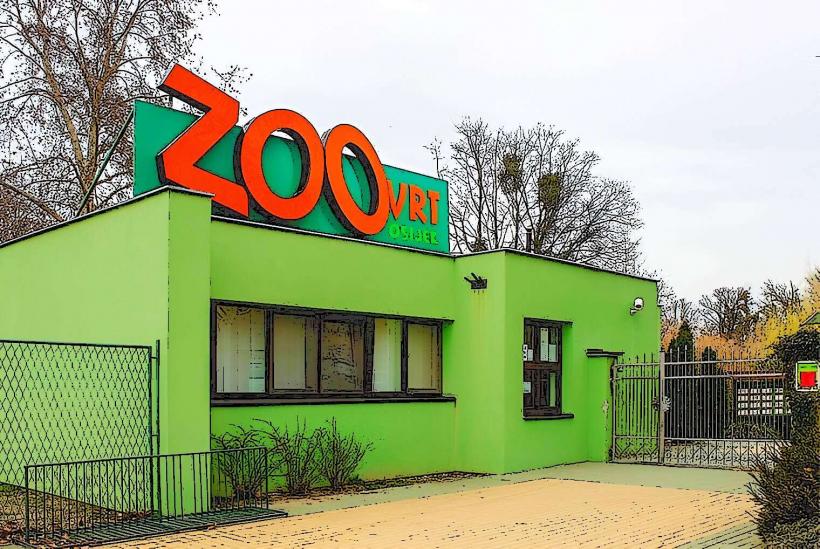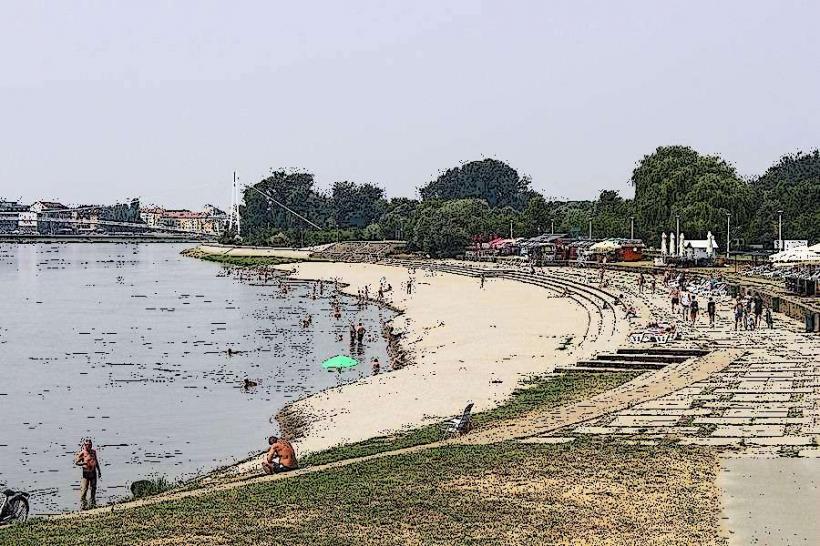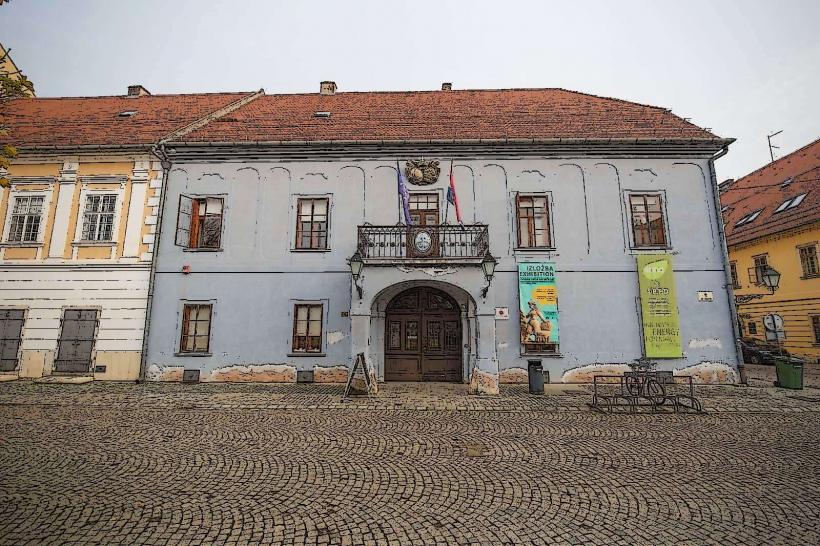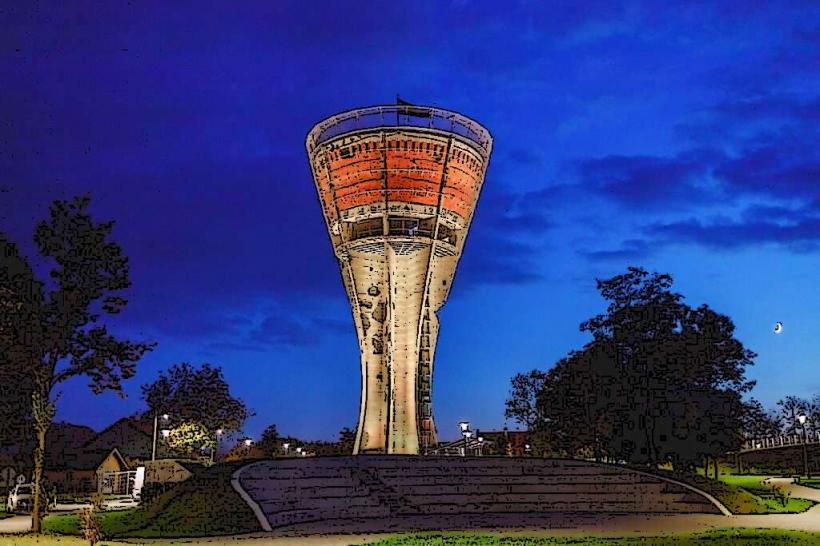Information
Landmark: Franciscan MonasteryCity: Osijek
Country: Croatia
Continent: Europe
Franciscan Monastery – Osijek, Croatia
The Franciscan Monastery in Osijek, located in the eastern part of Croatia, is a historical and cultural landmark with deep religious and architectural significance. It stands as an important symbol of the Franciscan Order's presence in the region and serves as both a place of worship and a significant cultural institution. While not as widely recognized as other Franciscan monasteries in Croatia, it plays a central role in the local community.
History and Origins:
- The Franciscan Monastery in Osijek was founded in 1702 by the Franciscan Friars who were sent to the region as part of the religious and social efforts to strengthen the Catholic faith during the early Habsburg era.
- Osijek, being an important center during the period of Ottoman rule, saw the establishment of several religious institutions after the Habsburgs took control of the region. The Franciscan Order’s arrival in Osijek was part of broader efforts to establish Catholic institutions in the area.
- The Franciscan Church and its adjacent buildings have served the people of Osijek for centuries, enduring historical challenges such as the Austro-Ottoman conflicts and the modern challenges brought by the Croatian War of Independence.
Architectural Features:
The Church:
- The Franciscan Church in Osijek is characterized by a Baroque architectural style, typical of the time of its construction in the late 17th and early 18th centuries. The church's grand yet simple design reflects the Franciscan values of humility, while still showcasing the grandeur of Baroque design.
- The interior of the church is adorned with beautiful frescoes, wooden altars, and ornate sculptures, which display religious iconography related to the life of St. Francis of Assisi and other saints of the Catholic tradition.
- The altar of the church is particularly significant, with a Baroque-style retable and paintings depicting various religious scenes.
The Cloister:
- The monastery also features a cloister that surrounds a peaceful inner courtyard. This cloister serves as a place for contemplation, prayer, and reflection for the monks and visitors.
- The architecture of the cloister is marked by simple arches and stonework that evoke a sense of serenity and spiritual calm.
Monastic Buildings:
- The surrounding monastic buildings include the monks’ living quarters, a library, and other rooms that were historically used for study, prayer, and religious practice. Today, these spaces are still used by the Franciscan community in Osijek for their day-to-day activities.
Franciscan Monastery Museum:
The Franciscan Monastery in Osijek is home to a small museum that showcases important religious artifacts, historical documents, and religious art. While it is not as large as some of the more prominent monastic museums, it holds significant cultural and historical items for the local community.
Art Collection:
- The museum displays works of religious art, including paintings, icons, and sculptures, which reflect both the local and international influence of the Catholic Church on art and culture.
- Among the artworks are depictions of St. Francis, Mary, and other saints, which have spiritual and historical significance to the local Catholic population.
Religious Artifacts:
- The museum houses a collection of liturgical objects, such as chalices, crosiers, vestments, and altar pieces that are used during Mass and other religious ceremonies. These objects give visitors a sense of the religious practices and the importance of the monastery as a center of worship.
Historical Documents:
- The museum’s archives contain a number of historical manuscripts, books, and documents that tell the story of the Franciscan Order in Osijek and its role in the development of the local community. These records also highlight the historical context of the region during the 18th and 19th centuries.
Franciscan Community and Role in Osijek:
- The Franciscan Order in Osijek has long been a central part of the local religious community. The monks have played a significant role in both the spiritual life of the people of Osijek and in social work, offering educational and charitable services.
- The monastery is also known for its contributions to the local education system, where the Franciscan monks have run schools and helped with the religious education of local children.
- The community maintains a strong connection with the people of Osijek, offering mass services, spiritual guidance, and social outreach programs to those in need.
Visitor Experience:
- Visitors to the Franciscan Monastery can explore its church, cloister, and museum to learn more about its religious significance and history in the region.
- The church is still an active place of worship, and visitors can attend Mass or other services held by the Franciscan community. The monastery also organizes cultural events, including spiritual talks, lectures, and religious festivals.
- Guided tours of the monastery are available, providing in-depth insight into the history, art, and architecture of the site. These tours are particularly popular among visitors interested in religious history and Baroque architecture.
- The surrounding area of the monastery provides a peaceful environment for visitors to reflect and enjoy the calm atmosphere of the religious site.
Conclusion:
The Franciscan Monastery in Osijek is an essential part of the city’s spiritual and historical landscape. Though it may not be as famous as some of the other Franciscan monasteries in Croatia, it is deeply valued by the local community for its religious significance, historical legacy, and cultural contributions. The combination of Baroque architecture, religious art, and the living presence of the Franciscan Order makes this monastery a unique and meaningful destination for visitors.

